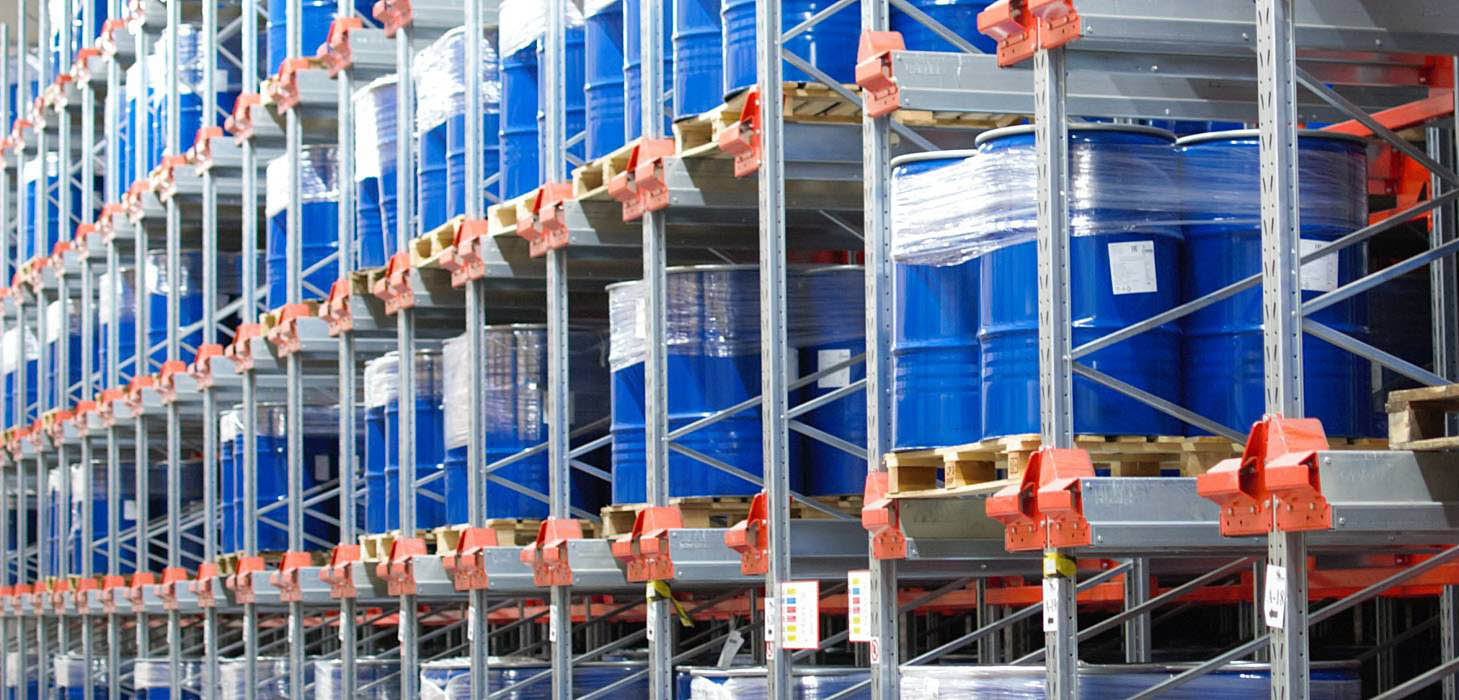
The logistics industry is undergoing a significant transformation, driven by changes in the business landscape, shifting social behaviours, emerging technologies, and significant advancements in logistics itself. These changes present both challenges and opportunities for those involved in the sector. Trends in Logistics 2024, published by Toyota Material Handling, offers a high-level overview of the most pressing trends shaping the industry in the coming years.
Key topics covered include;-
Key trends to watch: Economic conditions in Europe are forecasted to improve in 2024 with GDP growth and lower inflation, though geopolitical instability remains a threat to supply chains.
The new Corporate Sustainability Reporting Directive (CSRD) emphasises environmental and social responsibility.
Energy storage solutions, including batteries and hydrogen, are gaining traction.
The labour market is shifting, with demand growing for skills supporting automation and digital operations.
Workplace safety is a critical focus, alongside the widespread adoption of digital supply chain visualisation tools.
With falling inflation, the economic outlook is expected to improve.
Supply chain visibility.
“It is anticipated that by 2026, 80% of global and large enterprises will have adopted logistics control towers to improve shipment visibility and performance analytics, reflecting the benefits that can be achieved through tracking and monitoring technologies”. With the ability to track and monitor the movement of goods, equipment, and information across the supply chain, supply chain visibility is a critical factor for business success.
Use of AI
AI promises to be a key driver in reshaping the future of logistics. Amongst
other benefits it will help to minimise environmental impact by optimising routes and enhancing energy efficiency.
There are numerous exciting applications for AI in logistics, such as:
• Optimisation of warehouses and supply chains
• Forecasting, predictive replenishment and inventory management
• Camera vision for smart vehicles and asset tracking
• Support tools and chatbots
AI will play a big role in the future of logistics, shaping the industry for years to come.
Workplace safety
Logistics is recognised as a hazardous environment, but new developments and innovative solutions are being launched, aiming to reduce incidents, especially those involving forklifts, and improve staff welfare. Many of these developments are made possible thanks to the emergence of new concepts such as computer vision and the utilisation of different IoT technologies.
Automation that is simple and flexible
SLAM (Simultaneous Localisation and Mapping) navigation, based on LiDAR (Light Detection and Ranging) or cameras, is now more rapidly and widely adopted. These sensors simplify installation and commissioning and provide vehicles with a comprehensive understanding of their environment, enabling Autonomous Mobile Robots (AMRs) and Automated
Guided Vehicles (AGVs) to detect and adapt to changes on their own, and
improving safety in their interaction with humans.
Operations will likely consist of different vehicles from different manufacturers, so interoperability will become a significant challenge. Therefore, much work is being put into developing industry standards, such as using a common fleet software system.